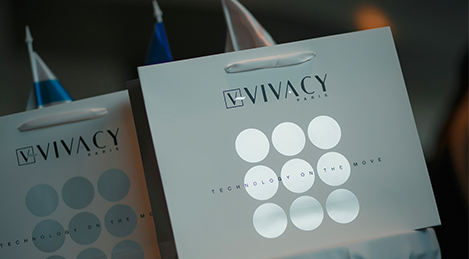Doesn`t "5 to 10 years younger" sounds perfect for a minimally invasive procedure`s result?!
Because that`s how you are going to look like after Aptos thread lifting
Right after the procedure, you might have slight swelling or overcorrection, but already in a few days, you will look like the pictures of yourself several years ago.
Compared to a traditional facelift surgery – which is perfect for a visible change, but also leaves scars and requires a long recovery period, after Aptos thread lifting, you will not find any signs of intervention or scars. And definitely will notice an improvement in skin texture, fine lines, and sagging skin.






